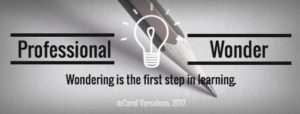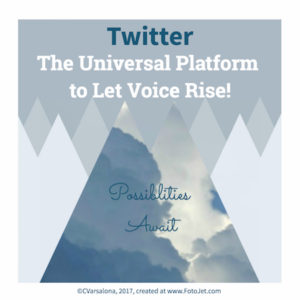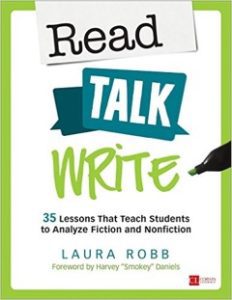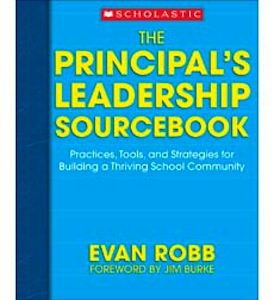Carol Varsalona: Professional Wonder


Before July 2013, I was clueless about the wide world of connectivity afforded by Twitter and other social media platforms. True, since childhood, I have been a wonderer who curiously gathered information to expand knowledge and experiences. True, I have attended countless conferences and learned from the some of the best literacy and technology luminaries. But not until I retired from public education, did I realize the potential of Twitter for continuous professional development and deeper wondering. It was then, that I took a leap of faith and became a connected educator, consultant, and global citizen reaching out to educators across the world. Thanks to guidance from JoEllen McCarthy and Tony Sinanis, Twitter became my viable channel to express myself, connect, and collaborate on issues of importance with educators beyond my region.
Moving from unconnected to connected has been an expansive journey for me from no exposure, to lurking, to moderating #NYEDChat, to interviewing connected educators, like Tom Whitby live on Google Hangout, to creating fifteen poetry galleries of artistic expressions. I titled my blog, Beyond LiteracyLink, because of the interactive nature of my journey from unconnected to connect. Then, a couple of years ago, I found Wonderopolis, a site “where the wonders of learning never cease…where natural curiosity and imagination lead to exploration and discovery in learners of all ages.” Delving deeper into the resources afforded by this free site, led to being appointed a Wonder Lead Ambassador for Wonderopolis. I now write for Wonderopolis from the Wonder Ground, offering educators ideas on curiosity-powered instruction for today’s interactive classrooms. The steps on my journey opened doors to engage in collaborative conversation, pursue professional wonder, and rank among the thousands of worldwide, connected educators inspired to expand their knowledge base.
For me and other connected educators, wondering is an active practice, a journey toward exploration and discovery from “that is the way we always did it” approach to innovative, vigorous teaching. It is a spark to create change in practice. Through the rise of the connected educator movement, I have watched professional wonder grow in intensity. Twitter chats have globalized the asynchronous collegial circles that I designed over a decade ago. At focused, weekly convos, connected colleagues and I seek to enhance our professional wonder. We converse with other educators, parents, and community members to voice opinions on various topics and chat with students whose voices are strong representations of the younger generation. We support each other; nurture our love of learning, share successes, and review missteps with reflective action as steppingstones to success.
You may ask but why Twitter as a framework for conversation? Is it a viable platform for 21st-century discourse? For connected educators, Twitter is a place to listen, collaborate, share ideas, and gather new knowledge beyond the walls of the classroom, school building, or community. It is easily accessible and opens twenty-four hours for global networking. Recognizing that one-shot professional development is not successful in sustaining change and increasing professional wonder, Twitter provides 21st-century professional wonderers an asynchronous digital platform to explore global approaches to teaching and learning.
Final Thoughts
Professional wonder can be cultivated and sustained through online networking and learning together as connected colleagues. Becoming a unique voice in a diverse world of thought is a positive move. My message is clear: Be a risk taker and continue to wonder about ways to impact teaching and learning.
Tips for Harnessing Professional Wonder:
- Read continuously.
- Explore the possibilities of connected educator conversations.
- Listen and learn alongside passionate educators on Twitter.
- Build your circle of connected educators, your professional learning network.
- When ready, let your voice rise on Twitter.
- Start a blog exploring your professional or personal passions.
- Share your wonders.
- Celebrate learning.
- Let the wonders of being a connected educator impact your professional life.

Follow Carol on Twitter @cvarsalona
![]()













